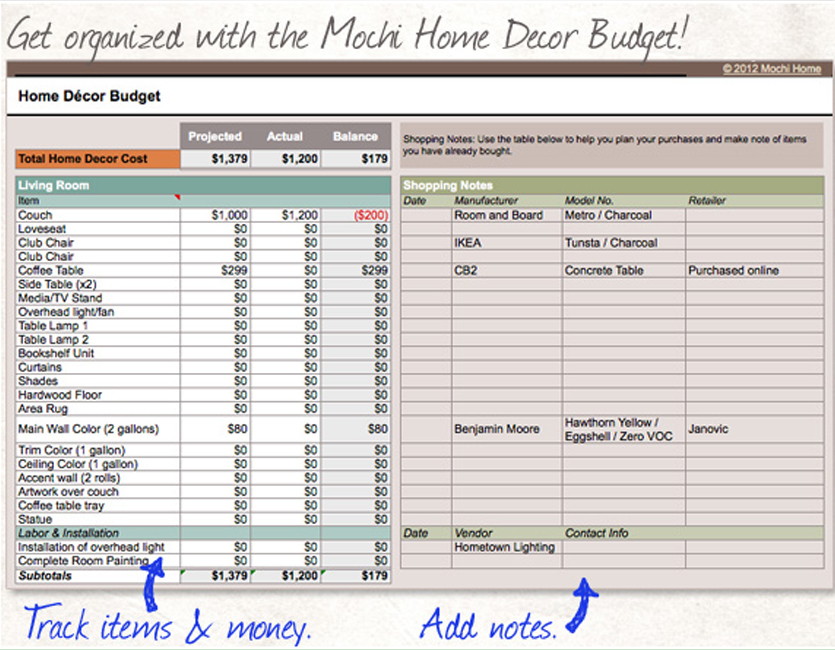
Budgeting for an interior design project can be a complex and time-consuming process, but with careful planning and organization, it can be done effectively. Interior design projects can range from a simple room makeover to a complete renovation of an entire property. Irrespective of the scale of the project, budgeting is one of the critical aspects that need to be considered.
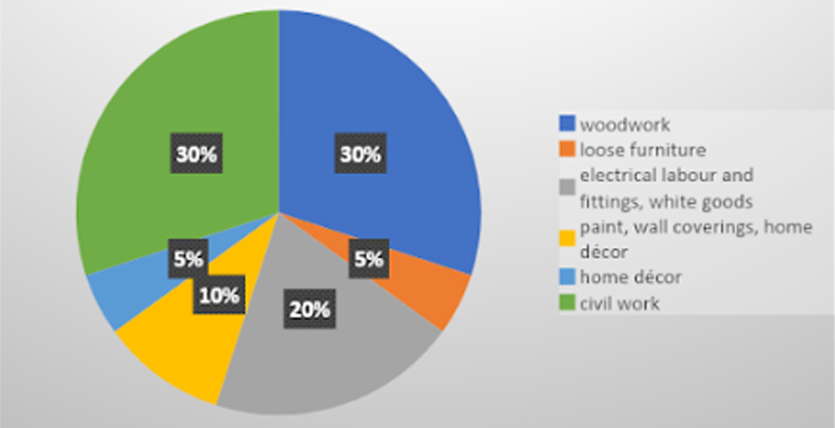
The first step in budgeting for an interior design project is to define the scope of the project. You need to have a clear understanding of your goals, objectives, and priorities. Consider which areas of the space you want to focus on, what kind of changes you want to make, and what kind of aesthetic you're aiming for. Once you have a clear understanding of the scope of your project, you can move on to the next step.
The next step is to set a budget range that you're comfortable with. This will depend on a number of factors, including the size of the space, the level of complexity of the project, and the materials and finishes you plan to use. It is important to be realistic about your budget to ensure that you don't overshoot or underestimate the costs involved. We always recommend to keep 10 percent contingency back up for any renovation project as renovation may throw few surprises.
After setting the budget range, the next step is to research the costs of different materials, furnishings, and finishes that you plan to use in your project. Get quotes from vendors and contractors to ensure that you have an accurate idea of what the costs will be. This will enable you to allocate funds more accurately based on the actual cost of each item.
Once you have a better understanding of the costs involved, you can allocate funds based on the priorities you set in step 1. Determine which items or areas of the project are most important to you, and allocate funds accordingly. For example, if the kitchen is the heart of your home, you may want to allocate more funds towards the kitchen renovation comparejd to other areas of the house.
Creating a spreadsheet is an essential step in the budgeting process. This will help you track expenses and ensure that you stay within your budget. Include columns for estimated costs, actual costs, and any adjustments that need to be made throughout the course of the project. A detailed spreadsheet can help you make informed decisions and stay on track with your budget.
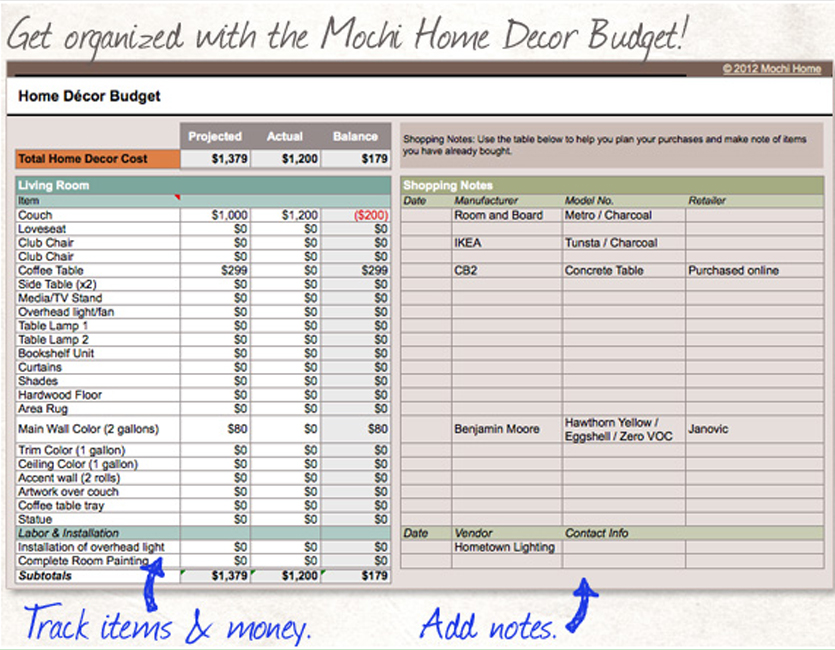
It is also important to build in contingency funds to cover unexpected expenses or changes to the project scope. A good rule of thumb is to add an extra 10-20% to your budget for contingencies. This will ensure that you have enough funds to cover any unforeseen expenses that may arise during the project.
Regularly reviewing your budget throughout the course of the project and making adjustments as needed is essential. Keep track of all expenses and compare them to your budget to ensure that you're staying on track. Staying organized and disciplined throughout the budgeting process can help you create a realistic and effective budget for your interior design project.
HAPPY BUDGETING….

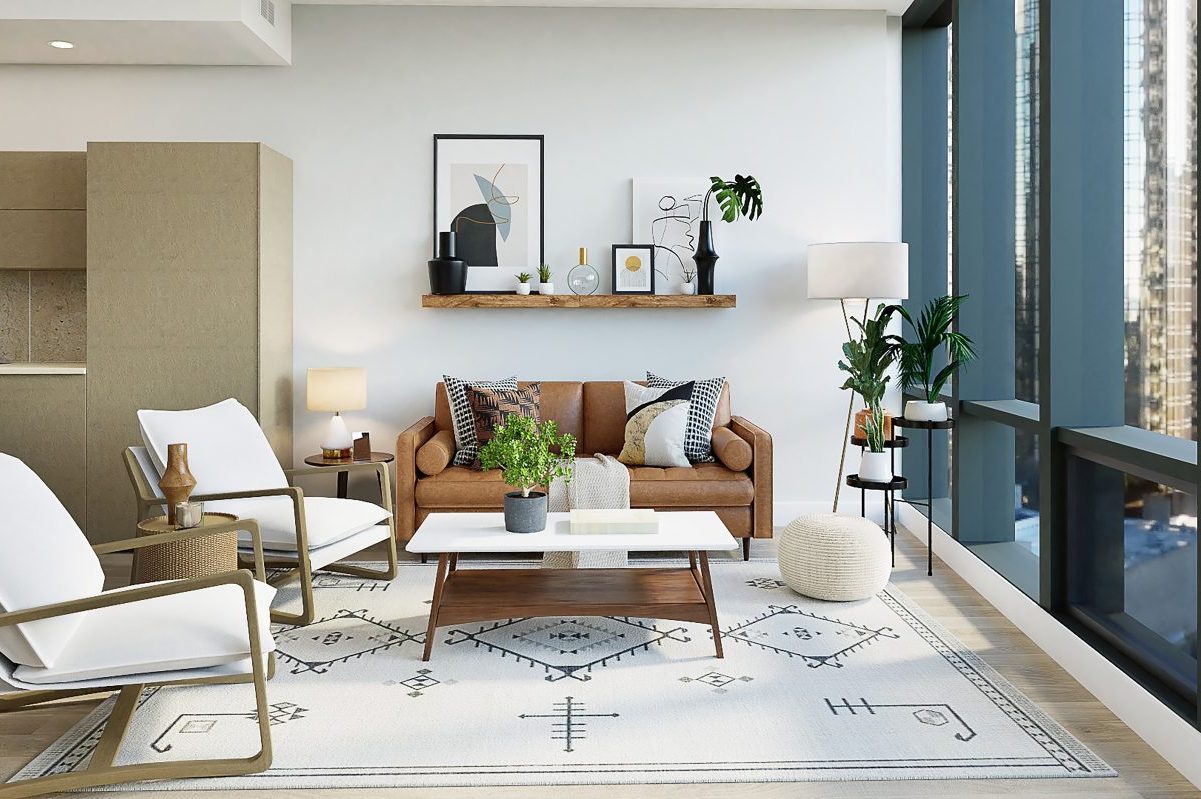
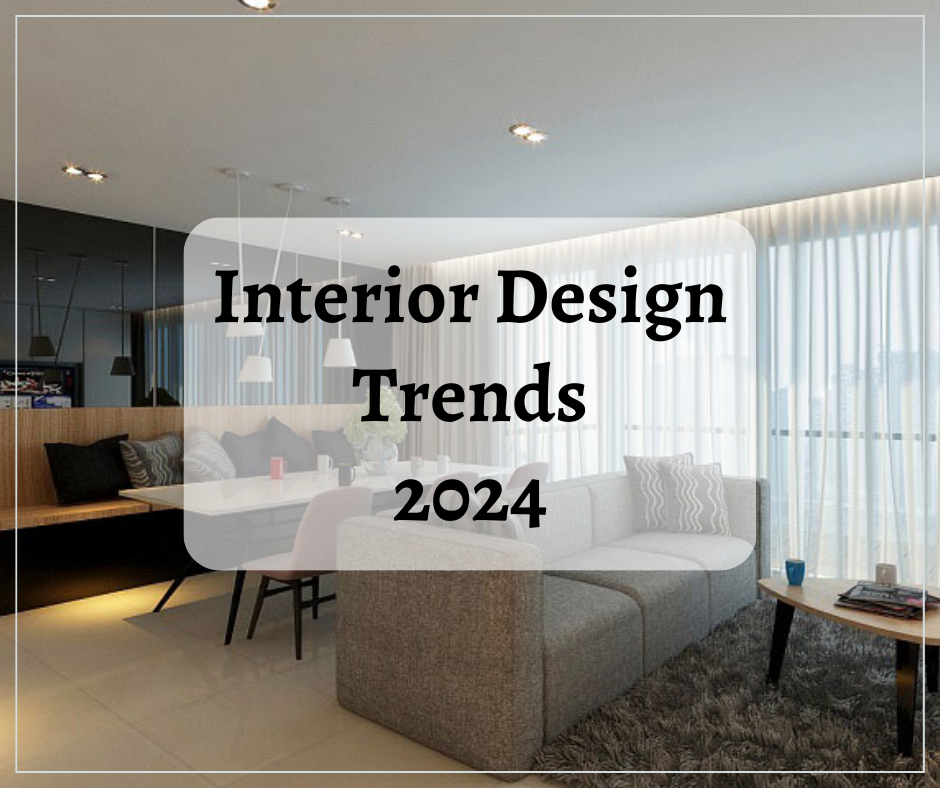
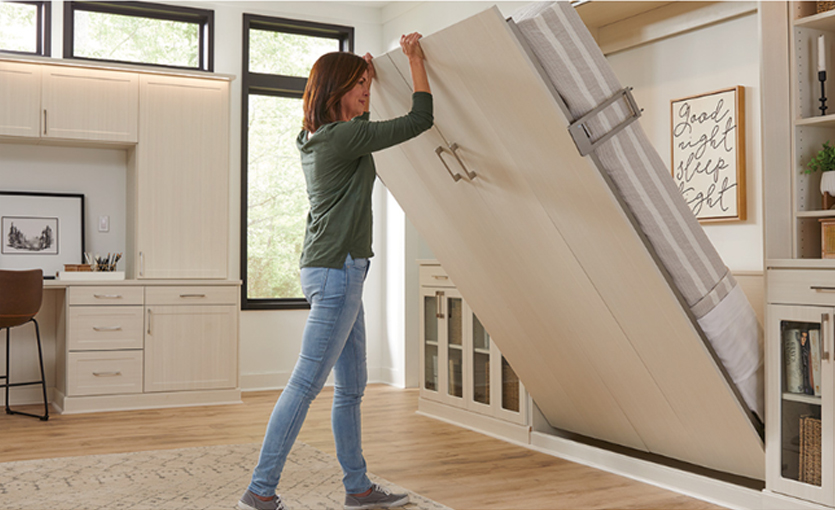
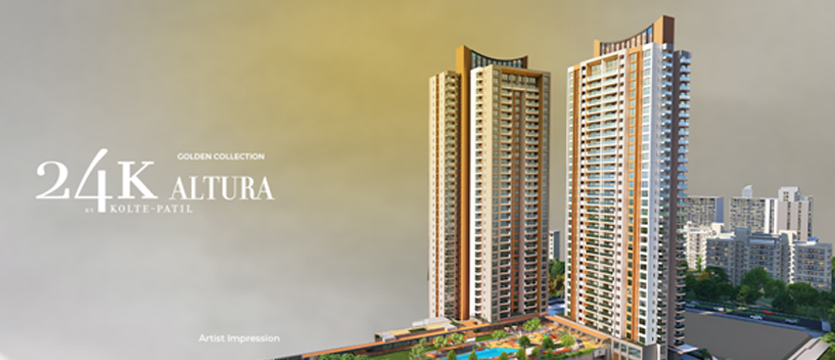
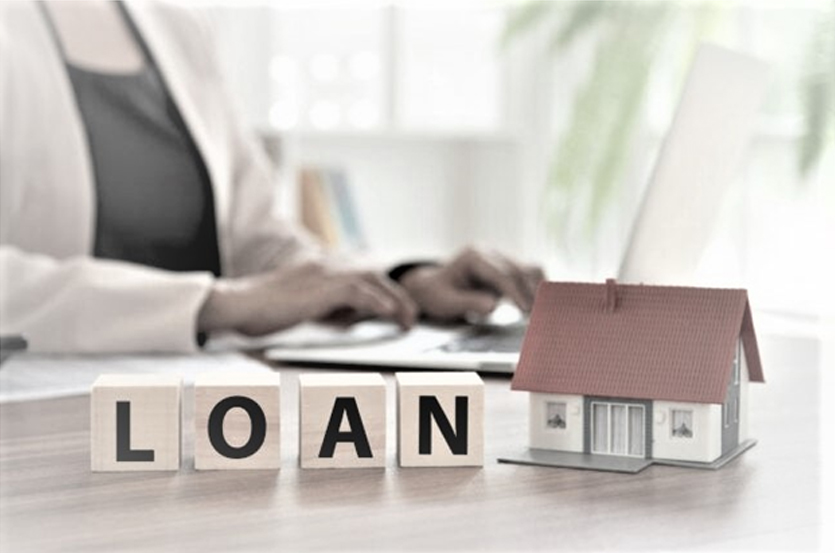
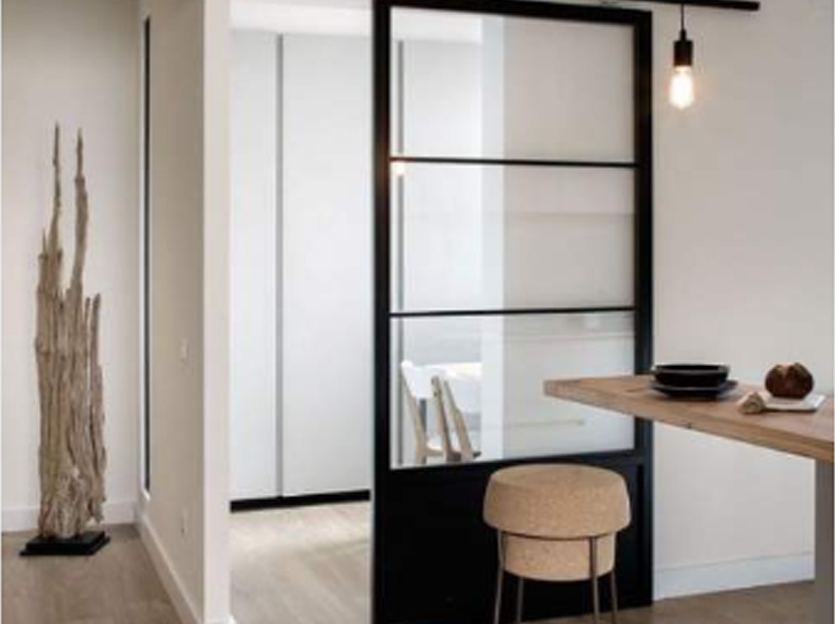
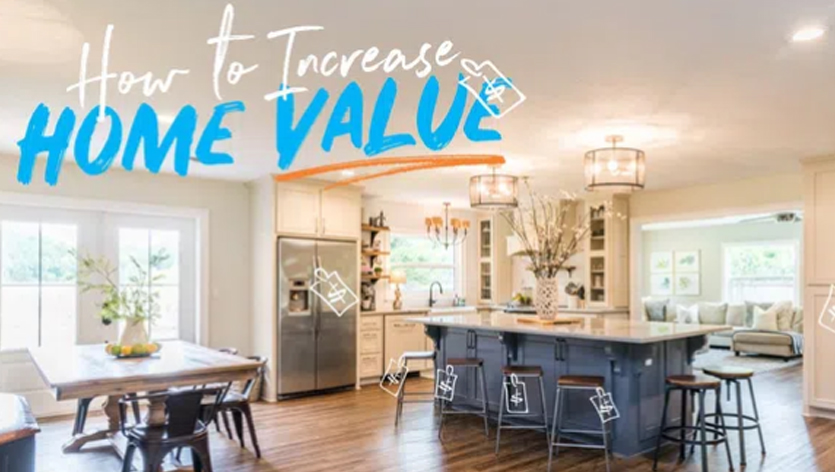
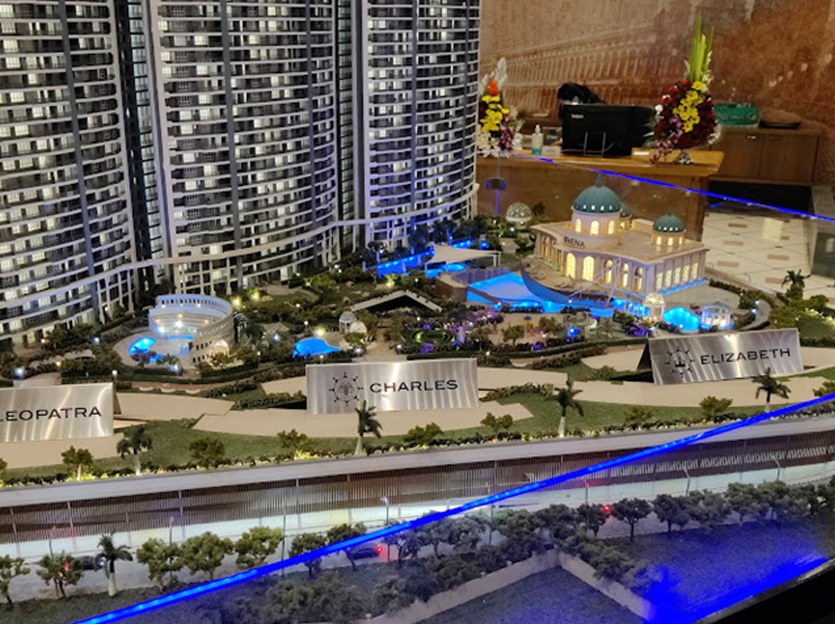
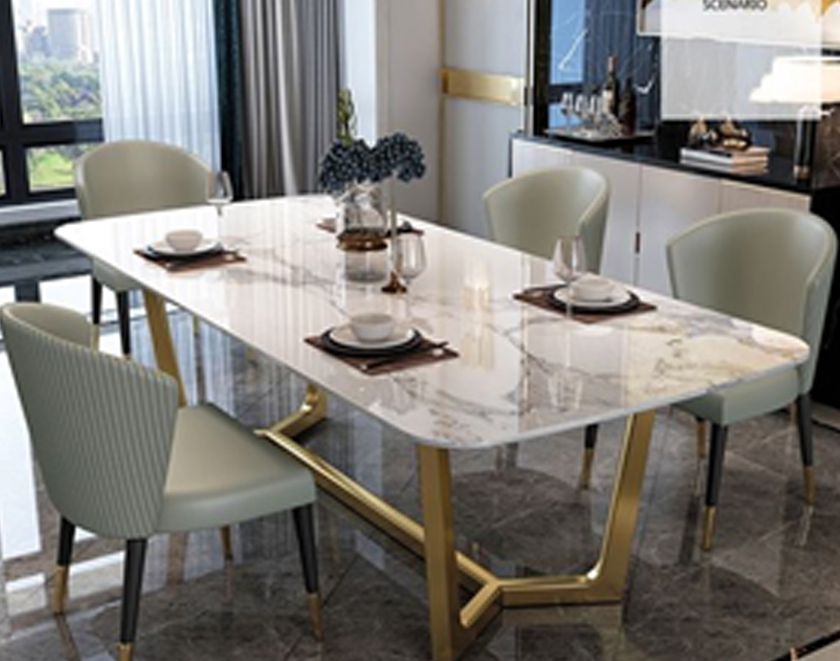

Post a Comment